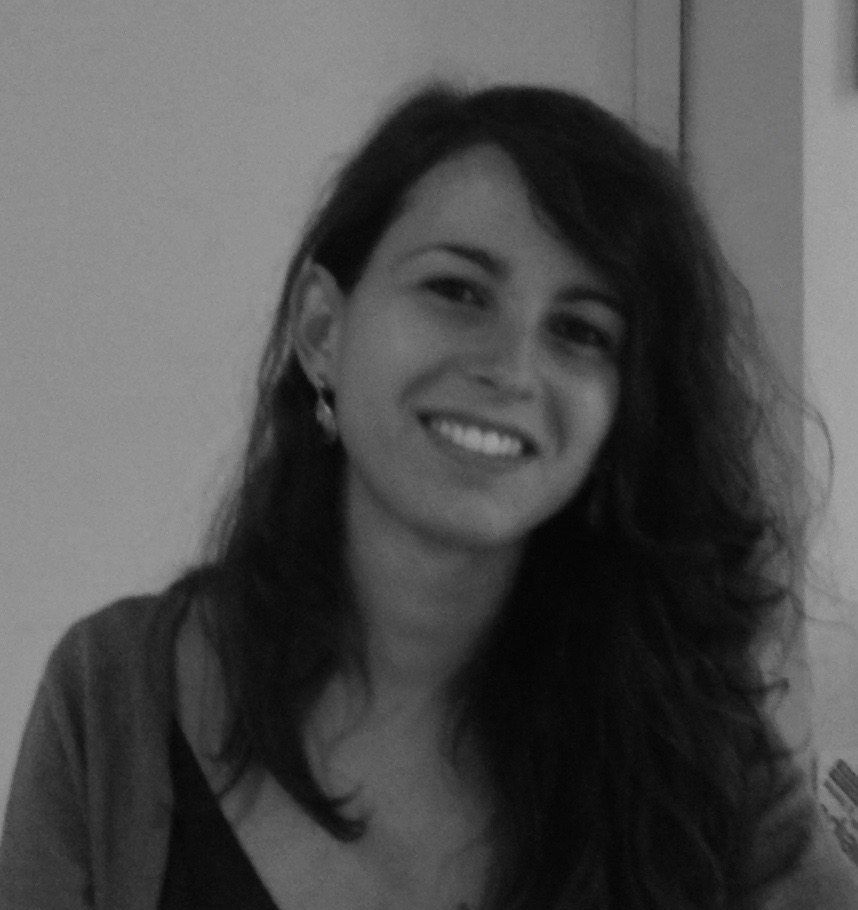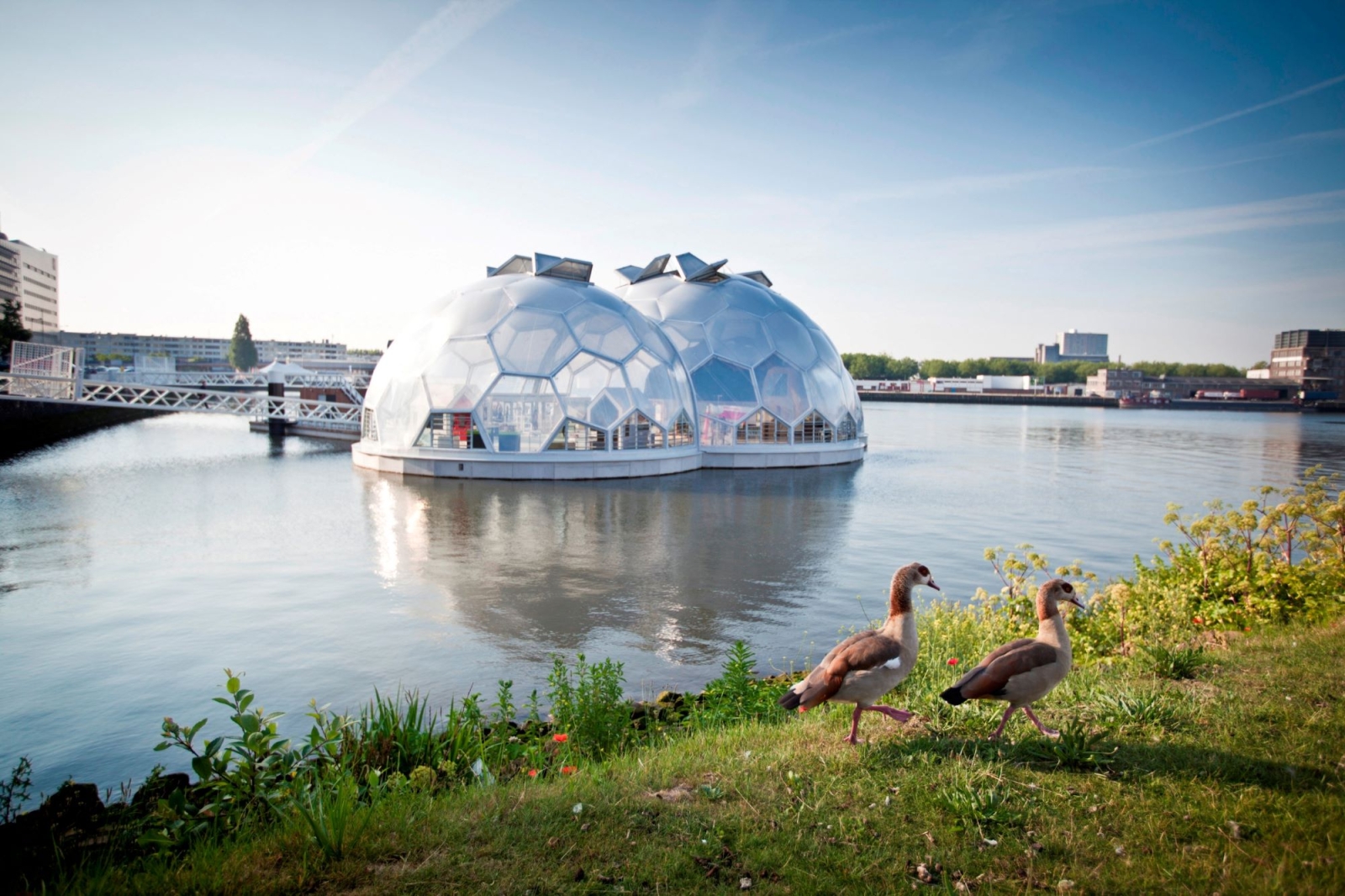Working with the sea is part of the history, tradition, and culture of the Netherlands. For centuries, the Dutch have worked on the open sea, gaining a profound understanding of the specific conditions above and below the water level. The Dutch water governance system, perfected over time, has succeeded in providing security and developing a strong economy and robust water industry. It is no coincidence that the country's oldest democratic institutions date back to regional water councils established in the 13th century.
The fight against flooding itself has led to the development of a collaborative approach through public-private partnerships. The government is engaged alongside businesses and water management research and knowledge centers such as Deltares, MARIN, Wetsus, KWR Watercycle Research Institute, and TNO.
International Water Commitment
Constantly focused on making the Land of Tulips safe and secure from the sea, the Netherlands has pledged internationally, through the Valuing Water Initiative (VWI), to advocate for systemic change in the way water is valued in policies, practices, funding, and behaviors. This was reiterated by Mark Harbers, Dutch Minister of Infrastructure and Water Management, during the UN Water Conference 2023: “It is our responsibility,” he said in his keynote address at the Valuing Water meeting, “to put water at the center of our economic debates and policies, at the top of our agendas, in our boards, parliaments and local councils.” A responsibility that, in their case in the Netherlands, is also about sharing best practices in water at the local, national, and international levels, to show how we can not only educate about the responsibility and protection of oceans and rivers, but also innovate and invest in them.
Therefore, from groundwater protection to stream renaturalization, from wastewater exploitation to desalination, the Land of Mills has made it one of its goals to co-create a future in which cities are rain-proof and resilient to climate change, and land security is ensured by innovative tools that prevent natural or man-made disasters.
Numerous programs and agencies have water resources at their core. If the Delta Program is the national water master plan, through which the government has launched innovative partnerships with citizens, businesses, institutions of knowledge and NGOs, the Water Management Centre the Netherlands (WMCN) is the center for knowledge and information about the national water system. In contrast, the Netherlands International Water Ambition (NIWA) is a central government initiative, established in 2019, in partnership with the country's water sector to contribute to global water management. The North Sea Program, an integral part of the National Water Program (NWP), aims to strike the right environmental and social balance in the development of the North Sea by outlining policies in the areas of ecosystem strengthening, transition to sustainable food supply and energy.
Offshore wind power, blue energy and desert regeneration
With a long-term goal of being climate neutral by 2050, offshore wind power is one of the most important pillars of the Netherlands' climate policy. Indeed, according to the Rutte government, the North Sea is an ideal place to generate offshore wind power because of its relatively shallow waters, wind-friendly climate, and proximity to large ports and industrial energy consumers.
Rijksoverheid, the Dutch public apparatus, has taken responsibility for directly developing offshore wind projects, introducing a series of clear projects and timetables outlined in a roadmap, the Routekaart Windenergie op Zee, with a vision for the next ten years indicating which wind farm projects are intended to be implemented. The latest updated roadmap envisions an operational capacity of 21 GW by 2030/31. https://bit.ly/3nhpddU
The Netherlands is now a leader in the development and installation of cost-effective offshore wind farms. In this context, a pivotal role is played by RVO, a Dutch business agency under the Ministry of Economic Affairs and Climate Policy, which provides high-quality site data to potential developers of designated wind farms. The transmission system operator, TenneT, is responsible for all grid connection infrastructure, while the government agency Rijkswaterstaat grants permits for sites and monitors environmental impacts. This clear and productive approach gives greater certainty to developers and confidence to investors and has been shown to reduce overall project costs.
Not only wind. Tidal and ocean currents also contain a great deal of kinetic energy. Supported by regional, national and European funds, SeaQurrent has developed an entirely new approach to harnessing energy from this source. The innovative technology makes it possible to generate clean energy from shallow and deep tidal and ocean currents with a rate of efficiency that can lower the price of electricity produced so far from tidal power. After an intensive construction and assembly period, the company's patented multi-wing TidalKite was tested in water in the fourth quarter of 2022.
REDstack, in contrast, uses reverse electrodialysis (EDR) to produce energy. The fuel, in this case, is generated by the meeting of fresh and salt water: some water taken from rivers along with seawater is guided along a series of membranes in a structure called REDstack. In these membranes, salt water and fresh water are mixed in a controlled way, and from this encounter, electricity is extracted. The resulting brackish water returns to the sea, while the so-called blue energy is supplied to the grid and distributed from there.
Among the pioneering companies, also present at the Nature-based Solutions for Water and Peace side event at the UN Water Conference, is The Weather Makers, an engineering company that works to restore water cycles. The company's most ambitious projects include restoring vegetation in the Sinai area of Egypt by influencing weather systems to produce more rain and regenerate at scale across the Middle East and the entire Mediterranean.
From salt farming to seawater desalination
Talking about water inevitably means dealing with agriculture. As the world's second largest exporter of agricultural products by value after the United States, the Netherlands is at the forefront of its farmers' water challenge.
In an effort to combat soil salinization and improve food security with minimal impact on already scarce freshwater supplies, the Salt Farm Foundation has developed methods for salt-tolerant crops on salt-affected farmland. In addition to reusing degraded land to produce food, salt farming also uses brackish water, instead of fresh water, for crops.
Also, with the goal of preserving natural springs and reservoirs, SEA Water aims to promote global awareness and acceptance of desalinated seawater as a viable substitute for increasingly scarce freshwater sources. The company desalinates seawater locally using only renewable energy and aims to place its solar-powered installations around the world, counteracting the unnecessary transport of water from coast to coast. REDstack itself, mentioned earlier, takes advantage of the electrodialysis process and, through the alternate use of membranes, produces fresh water from salt or brackish water.
Currently present with four different pilot projects in four areas and states (the Netherlands, Poland, Spain, and Turkey), the Zero Brine project, coordinated by TU Delft, proposes circular economy solutions to reduce industrial saline wastewater flows by recovering and reusing minerals and brackish water used in other industries.
On a small scale, however, Bluecon has developed a next-generation decentralized wastewater treatment unit based on an innovative process without the use of bacteria. The treatment plant converts domestic wastewater into reusable water for irrigation or households. Bluecon's compact units install in a matter of weeks and are designed for communities of up to 10,000 people.
Sustainable harbors and navigation
The oceans have always been a source of sustenance, inspiration, transportation, growth, and adventure. To reap the full potential that the ocean and the sea have to offer in terms of food, energy, transportation, recreation and living space, the Dutch maritime sector, together with scientific institutions, launched last year a Masterplan with the goal of putting the Netherlands at the forefront of more sustainable sea transportation. More specifically, the coastal zone master plan is based on four pillars: productive and sustainable use of the oceans and inland waterways; smart and zero-emission shipping; development of green, vibrant and connected port cities; and clean and productive oceans.
In parallel, the Maritime Future is NOW campaign aims to share knowledge and experience in the field to initiate, amplify, and accelerate actions that reduce pressure on the oceans, naturally in line with the UN SDGs.
In the realization of smart, low-emission navigation, the innovative activities of PortXchange and Plant One Rotterdam undoubtedly fit in. The former, through digital solutions, aims to optimize operations for predictable and sustainable transportation, increasing the efficiency of port calls and reducing overall shipping emissions. Plant One Rotterdam, on the other hand, located in Europe's largest port, provides a place where companies can research innovative ideas, test more sustainable technologies, and produce on a commercial scale. The Port of Rotterdam, as well as the Port of Amsterdam, has joined the World Ports Sustainability Program. It is a program that, guided by the United Nations' 17 Sustainable Development Goals, aims to improve and coordinate future sustainability efforts of ports around the world and promote international cooperation among supply chain partners.
Future-proof floating cities
The aquatic environment is also the focus of interesting work and living projects. Such as the Floating Office Rotterdam (FOR), the world's largest floating office moored in Rijnhaven (Rhine Harbor), developed by RED Company and architecture firm Powerhouse Company, commissioned as an office by the Global Center on Adaptation, an NGO that promotes climate mitigation investments and technologies. Off-grid, made entirely of wood for easy disassembly and reassembly, the FOR will float – rather than flood – if water levels rise due to climate change.
Floating houses and urban neighborhoods are the answer to future sea level rise according to Circular Floating Districts, a company that designs and develops living, working and recreational environments on water. One example is VLOAT, the independent and self-sufficient floating district also designed to solve the residential crisis in Dutch cities and exhibited at the Borneo Architecture Centre in Amsterdam.
In Rotterdam, on the other hand, Blue City is now a model reality for the circular economy, where entrepreneurial minds come together and develop concrete prospects for action, whether it is increasing its impact, living with zero waste or developing a future-proof material. As of 2015, the 12,000 square meters of the former Tropicana swimming pool, an iconic architectural structure for the city and the dream of thousands of children and families in the 1990s, previously abandoned, has been rethought, redesigned, rebuilt and reopened as a circular business and office incubator.
Image: Drijvend Paviljoen, Zijaanzicht Rijnhaven
Download and read issue #45 of Renewable Matter on the ocean an the blue economy.



